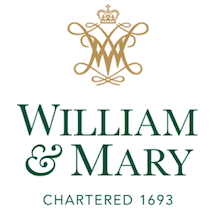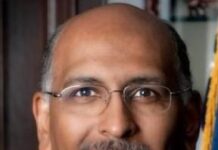 Officials from the College of William & Mary in Williamsburg, Virginia, have recently unveiled a Virginia historical marker commemorating the spot where the Bray School, an 18th century school for enslaved and free Black children, was once located.
Officials from the College of William & Mary in Williamsburg, Virginia, have recently unveiled a Virginia historical marker commemorating the spot where the Bray School, an 18th century school for enslaved and free Black children, was once located.
The new historical plaque reads: “The Associates of Dr. Bray, a London-based charity, founded a school for enslaved and free black children here in 1760. Located in Williamsburg at the suggestion of Benjamin Franklin, a member of the Associates, the school received support from the College of William & Mary. Anne Wager instructed as many as 400 boys and girls during her 14 years as teacher. In a culture hostile to educating African Americans, Wager taught the students principles of Christianity, deportment, reading and, possibly, writing. The curriculum reinforced proslavery ideology, but also spread literacy within the Black community. The school moved from this site by 1765 and closed in 1774.”
The marker’s establishment was part of the Lemon Project, a long-term research initiative at the college that seeks to explore the university’s involvement in slavery and segregation and its continued relationship with the African-American community.
“On campus, the Lemon Project has proven that sustained reflection creates change,” said President Katherine A. Rowe at the marker’s unveiling ceremony. “In this moment, we see the fruits of that work. . . . This marker preserves and illuminates the history of the Bray School. The plaque invites all who pause at this site to join what the Lemon Project has done and sustains. It should give all of us an incredible sense of pride in the substantive and long study that brought this to fruition. And we are still in process.”









